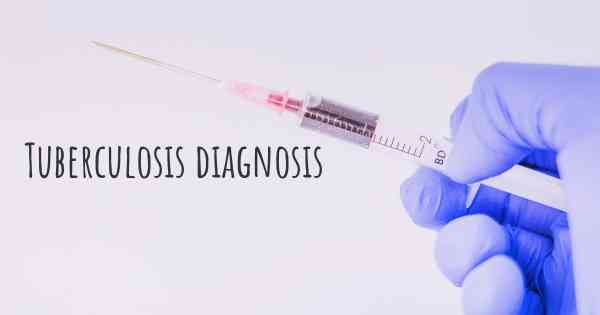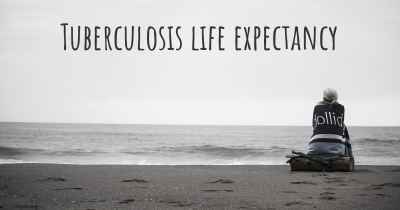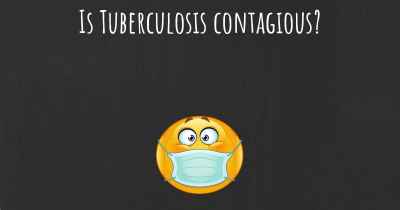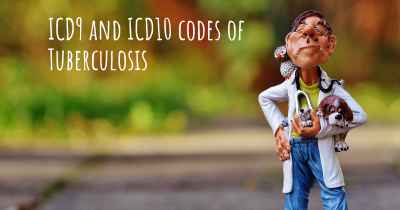How is Tuberculosis diagnosed?
See how Tuberculosis is diagnosed. Which specialists are essential to meet, what tests are needed and other useful information for the diagnosis of Tuberculosis

Tuberculosis (TB) is a contagious bacterial infection caused by Mycobacterium tuberculosis. It primarily affects the lungs but can also target other parts of the body, such as the kidneys, spine, and brain. Early diagnosis and treatment are crucial to prevent the spread of the disease and its potentially severe complications.
Diagnosing tuberculosis involves a combination of medical history, physical examination, and various diagnostic tests. The process begins with a thorough evaluation of the patient's symptoms, medical history, and potential exposure to TB. Common symptoms include persistent cough (often with blood), weight loss, fatigue, night sweats, and fever.
During the physical examination, a healthcare provider may listen to the patient's lungs using a stethoscope to check for abnormal sounds, such as crackling or wheezing. They may also examine other parts of the body if TB outside the lungs is suspected.
The next step in diagnosing tuberculosis is conducting specific diagnostic tests:
- Tuberculin skin test (TST): Also known as the Mantoux test, this is a widely used method to detect exposure to TB. A small amount of purified protein derivative (PPD) is injected just beneath the skin, usually on the forearm. After 48 to 72 hours, a healthcare provider examines the injection site for a raised, red bump. The size of the bump helps determine if the person has been exposed to TB bacteria.
- Interferon-gamma release assays (IGRAs): These blood tests measure the release of interferon-gamma, a substance produced by the immune system when exposed to TB bacteria. IGRAs are an alternative to the TST and are particularly useful for individuals who have received the Bacillus Calmette-Guérin (BCG) vaccine, which can cause false-positive TST results.
- Chest X-ray: A chest X-ray is performed to examine the lungs for any abnormalities, such as the presence of nodules, cavities, or infiltrates. While an X-ray can indicate the possibility of TB, it cannot confirm an active infection.
- Sputum microscopy: This test involves examining sputum (mucus coughed up from the lungs) under a microscope to identify the presence of acid-fast bacilli (AFB), which are characteristic of TB bacteria. Multiple samples collected on different days may be necessary to increase the chances of detecting the bacteria.
- Sputum culture: A sputum sample is cultured in a laboratory to allow the growth of TB bacteria. This test confirms the presence of active TB and also helps determine the strain of the bacteria, which is important for selecting appropriate medications.
- Genetic tests: Molecular tests, such as polymerase chain reaction (PCR), can detect the genetic material of TB bacteria in sputum or other body fluids. These tests are highly sensitive and can provide rapid results, aiding in early diagnosis.
It is important to note that no single test can definitively diagnose all cases of tuberculosis. A combination of these tests, along with clinical judgment, is often necessary to establish a diagnosis. Additionally, healthcare providers may consider other factors, such as the patient's risk factors, medical history, and response to treatment, when making a diagnosis.
Early diagnosis and prompt treatment of tuberculosis are crucial to prevent the spread of the disease and minimize its impact on the individual's health. If you suspect you may have tuberculosis or have been exposed to someone with TB, it is essential to seek medical attention for proper evaluation and appropriate management.








